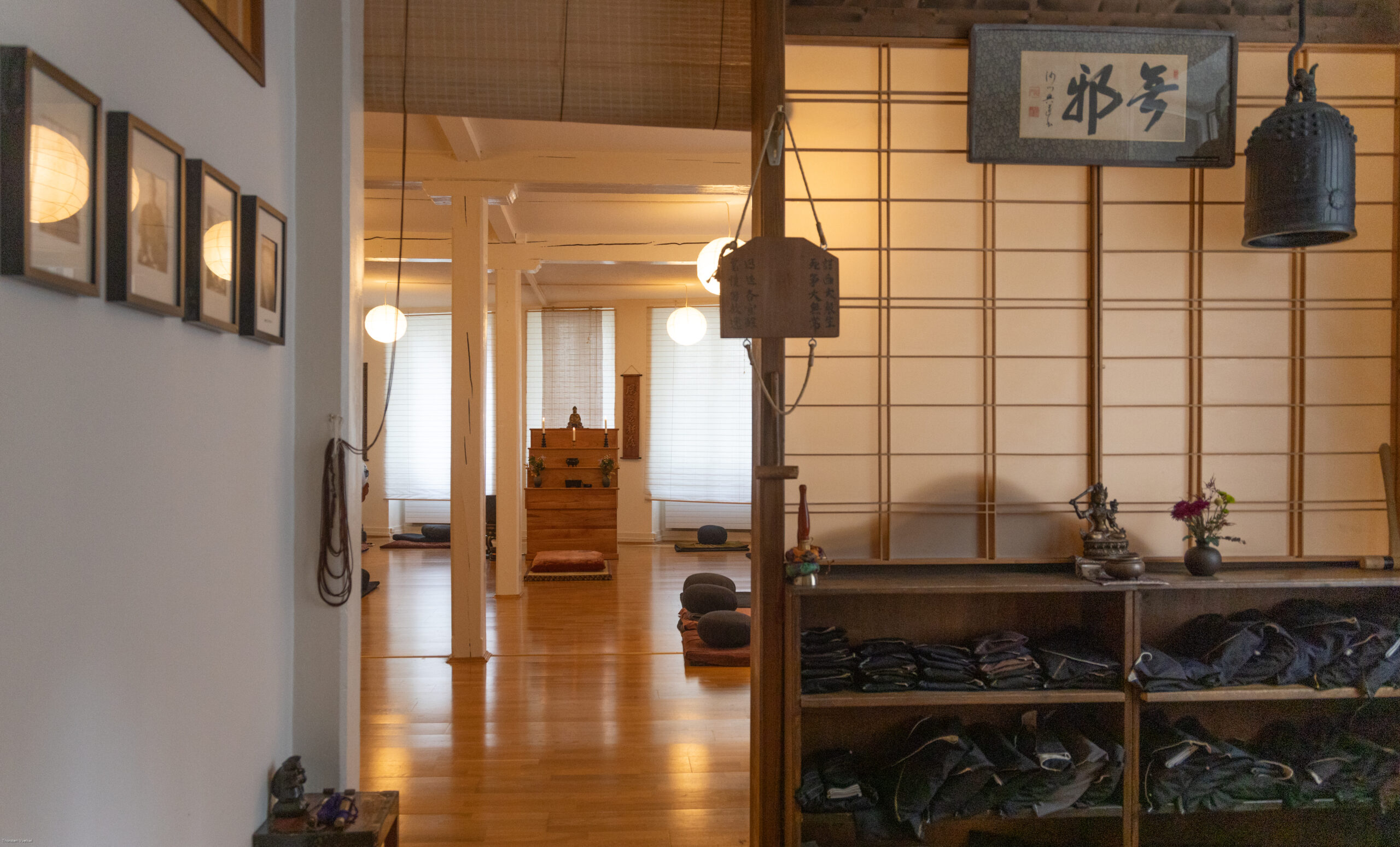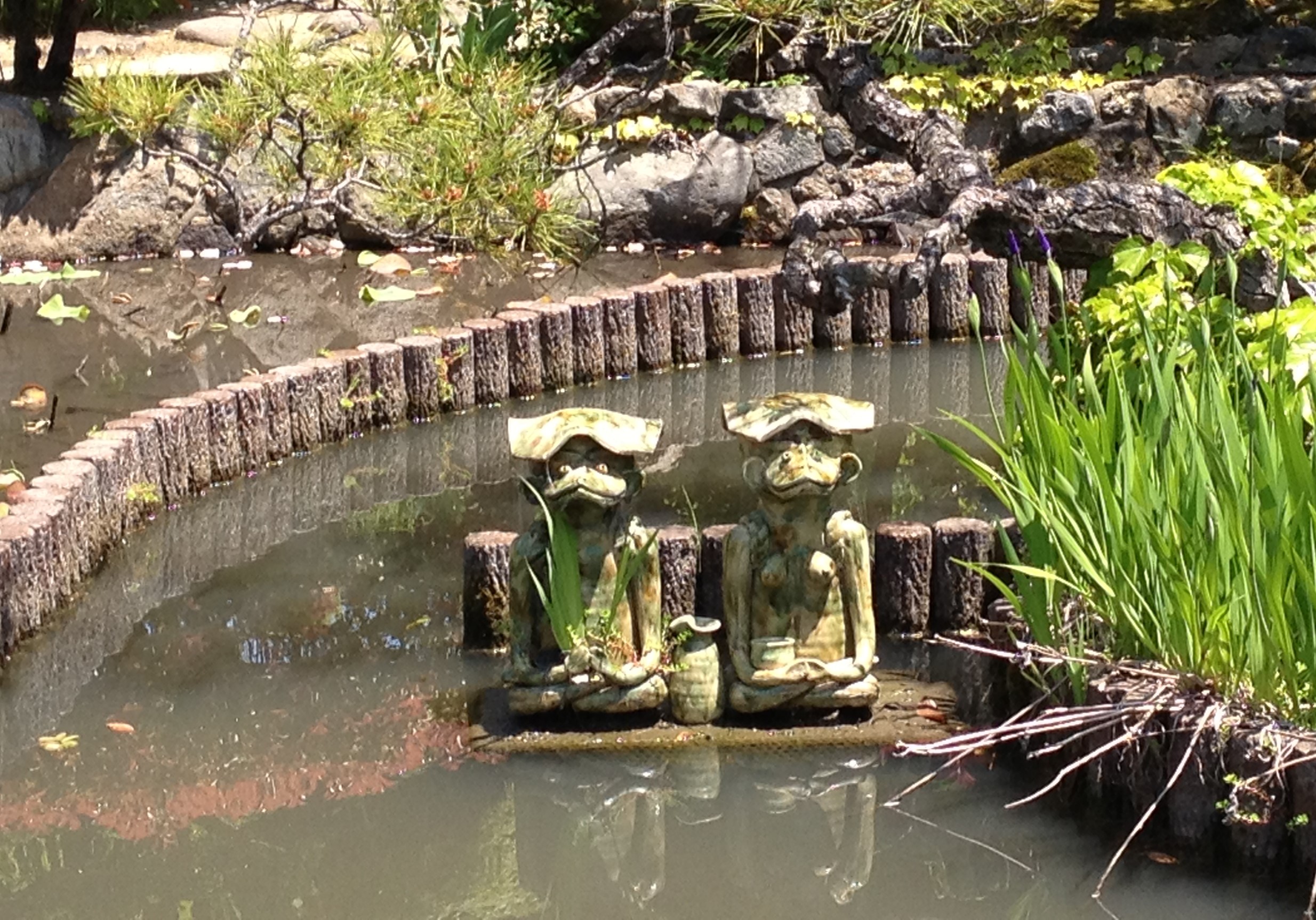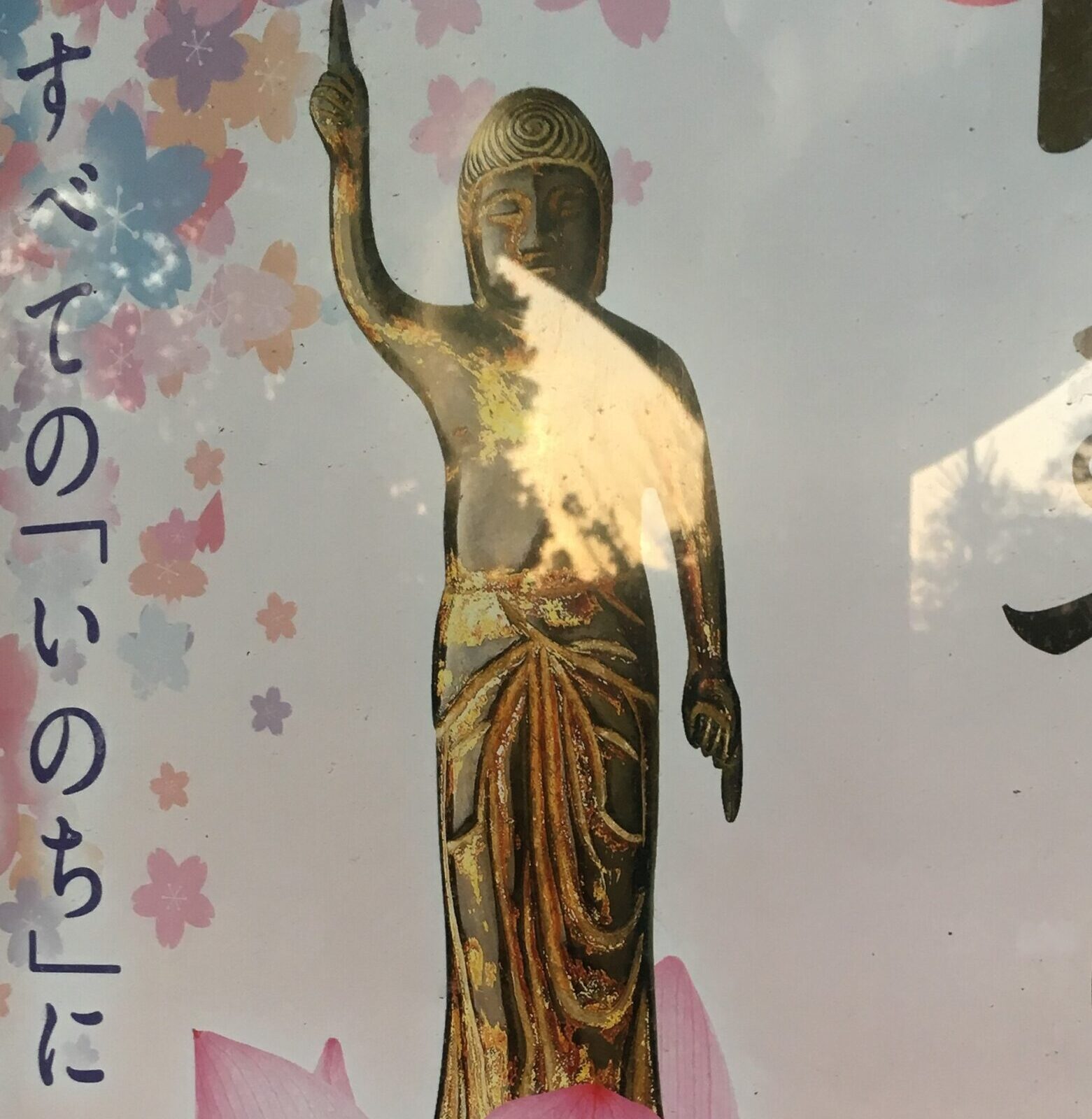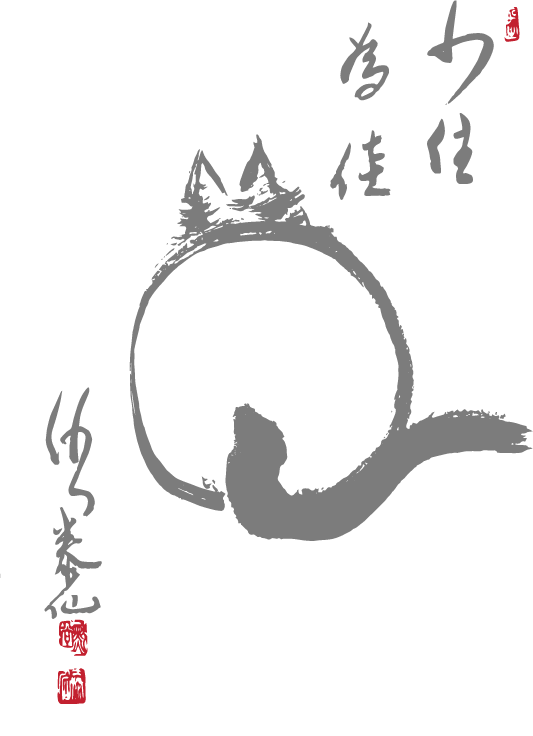Für den, der in der Stille die Worte vergisst, tritt die Wirklichkeit klar zutage. Derjenige, der die stille Erweckung erlangt, gehört zu unserer Tradition.
Die stille Erweckung steigt bis zum höchsten Gipfel hinauf und in die tiefste Tiefe hinab.
– Wanshi Shogaku
Die stille Erweckung steigt bis zum höchsten Gipfel hinauf und in die tiefste Tiefe hinab.
– Wanshi Shogaku
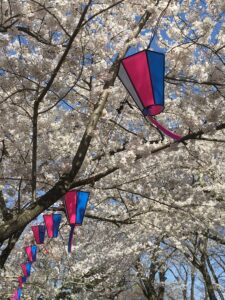
Heute
werde auch ich mich
zu den Kirschblüten-Betrachtern gesellen
auf einem Berg
im Frühling.
– Ryokan

werde auch ich mich
zu den Kirschblüten-Betrachtern gesellen
auf einem Berg
im Frühling.
– Ryokan
Öffnungszeiten im Mai
Am 1. Mai ist das Dojo geöffnet.
An Auffahrt, 9. Mai, ist das Dojo morgens geöffnet, jedoch am Abend geschlossen.
Das Dojo bleibt am Montag, 13. Mai, sowie am Pfingstmontag, 20. Mai, geschlossen.
An Auffahrt, 9. Mai, ist das Dojo morgens geöffnet, jedoch am Abend geschlossen.
Das Dojo bleibt am Montag, 13. Mai, sowie am Pfingstmontag, 20. Mai, geschlossen.

